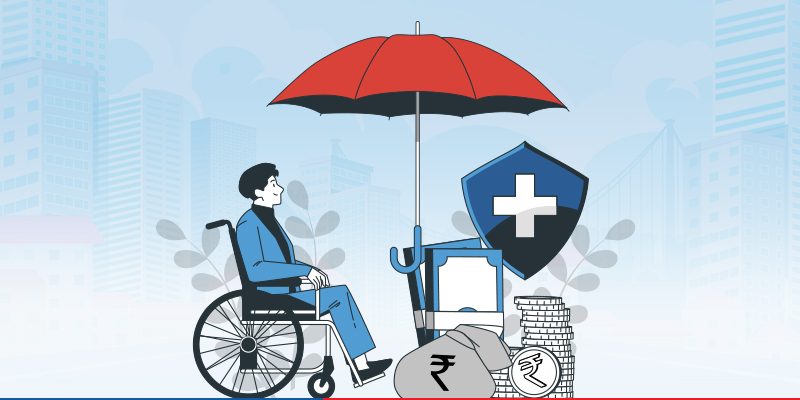Mortgage insurance is a policy designed to protect lenders from the risk of default by borrowers. It is often required for homebuyers who make a down payment that is less than 20% of the home’s purchase price. By understanding what mortgage insurance is and how it works, you can better navigate the homebuying process and make informed financial decisions.
Mortgage insurance primarily benefits the lender, not the borrower. It ensures that the lender will be compensated if the borrower fails to repay the loan. For borrowers, it makes homeownership more accessible, as it allows them to secure a mortgage with a smaller down payment. However, it comes at an additional cost.
There are two main types of mortgage insurance: private mortgage insurance (PMI) and government mortgage insurance. PMI is typically required for conventional loans when the down payment is less than 20%. It is provided by private companies and can be structured in several ways. The most common method is through monthly premiums added to the mortgage payment. Alternatively, some borrowers might choose to pay an upfront premium at closing, or a combination of both upfront and monthly payments.
Government mortgage insurance is associated with loans backed by federal agencies such as the Federal Housing Administration (FHA), the Department of Veterans Affairs (VA), and the U.S. Department of Agriculture (USDA). FHA loans, for example, require both an upfront mortgage insurance premium (UFMIP) and an annual mortgage insurance premium (MIP) that is divided into monthly installments. VA loans, on the other hand, generally do not require mortgage insurance but might include a one-time funding fee. USDA loans require an upfront fee and an annual fee, which functions similarly to the FHA’s MIP.
The cost of mortgage insurance varies based on several factors, including the size of the down payment, the loan amount, the loan term, and the borrower’s credit score. Generally, the higher the down payment and the better the credit score, the lower the cost of mortgage insurance. For PMI, the premiums typically range from 0.3% to 1.5% of the original loan amount per year.
Mortgage insurance does not last for the entire life of the loan. For conventional loans with PMI, the insurance can often be canceled once the borrower has paid down the loan to 78% of the home’s original value, or has reached 20% equity in the home, typically through a combination of principal repayment and home value appreciation. Some lenders also allow borrowers to request cancellation of PMI earlier if an appraisal shows that the home’s value has increased and the loan balance is below 80% of the current value.
For FHA loans, removing mortgage insurance is not as straightforward. Loans with a term longer than 15 years require MIP for the entire loan term if the initial loan-to-value (LTV) ratio is above 90%. If the LTV is 90% or less, MIP is required for the first 11 years. For loans with terms of 15 years or less, and an LTV of 90% or less, the MIP can be canceled after 11 years; if the LTV is above 90%, MIP is required for the life of the loan.
While mortgage insurance adds to the cost of homeownership, it can be a valuable tool for those who do not have a large down payment saved up. By making homeownership more accessible, it allows borrowers to enter the housing market sooner. However, it’s important to consider the long-term costs and explore options for removing mortgage insurance as soon as possible.
In summary, mortgage insurance protects lenders from the risk of borrower default and is typically required for loans with a down payment of less than 20%. It can be obtained through private companies for conventional loans or through government programs for FHA, VA, and USDA loans. Understanding the costs, duration, and cancellation policies associated with mortgage insurance can help borrowers make informed decisions and manage their homeownership expenses effectively.




